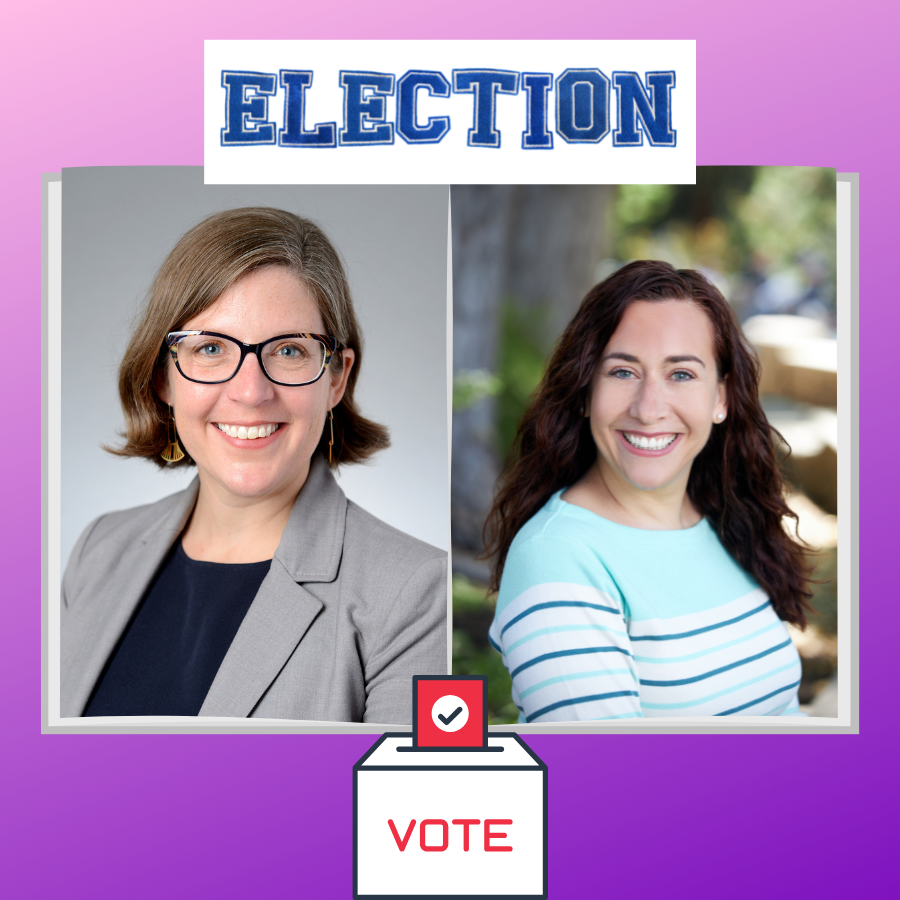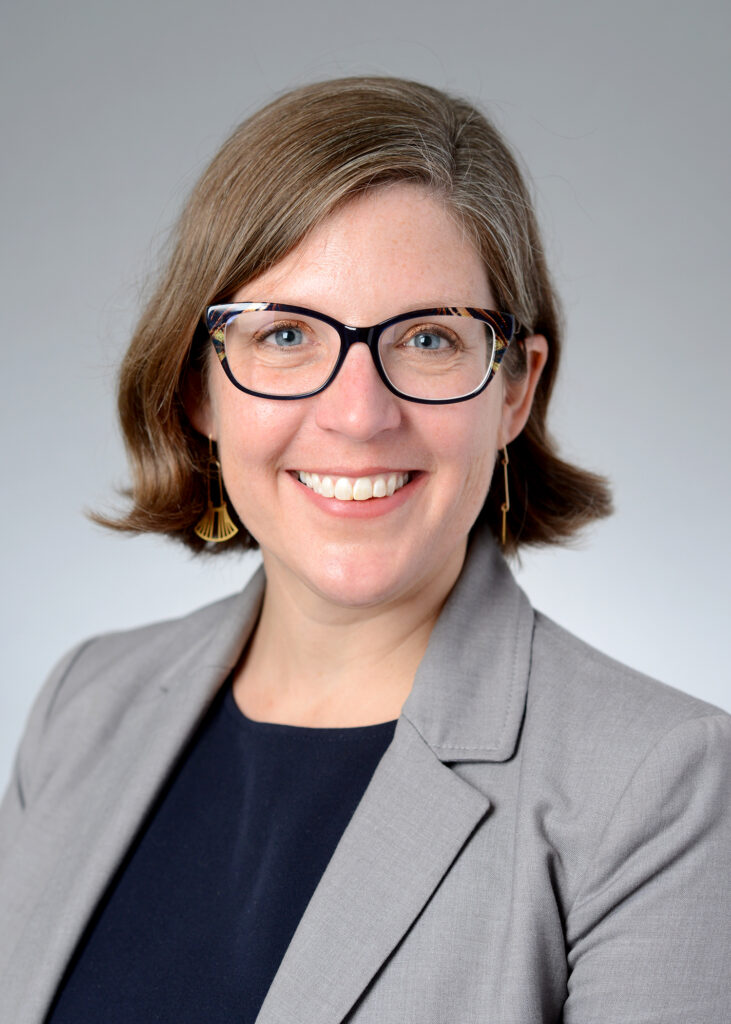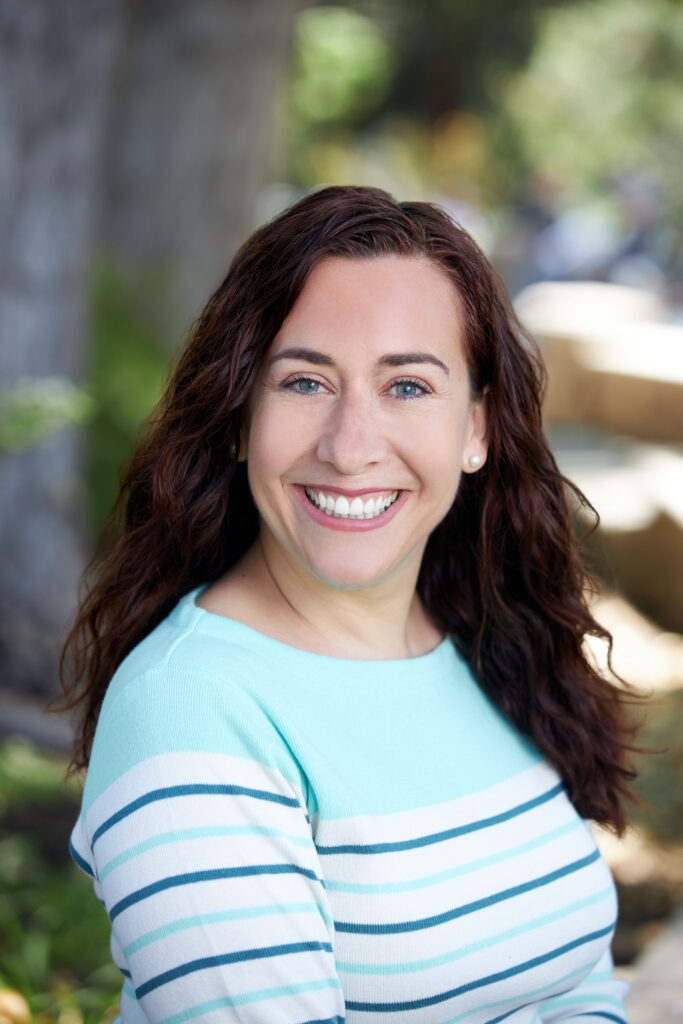Love the image above? We’re bringing back our Read. Resist. Vote. shirts. Get yours now!
In 2020, our Editor-in-Chief — Natalia Santana — worked with Feminist Book Club members to curate a list of progressive, female candidates to feature on this blog. Her intention was not only to spotlight kickass female candidates, but also to shine a light on election races both large and small. Because, as we’ve learned this past decade, we can’t just focus on major races. Every single race — down to the district level — affects our lives.
And when we get involved on every level, we can have a huge impact… one that reverberates across the country.
You can find the posts from the previous iteration of this series here, here, and here. We hope that reading their responses to our questions brings you hope, and perhaps even inspires you to get even more involved in your own neck of the woods. Because at a time when our rights are being systematically stripped away, we can’t afford to be complacent. We need to fight back.
And if you’re able, please consider donating the equivalent of a cup of coffee to their campaigns. As Natalia wrote in 2020, we need to do more than just hope. We need to read about these candidates. We need to resist any attempt to block our voices. And we need to vote them into office.
Because our lives depend on it.
Enjoy this week’s candidate spotlight and stay tuned for more.

Amanda Anthony — South San Francisco, California — School Board Candidate
Amanda Anthony received a bachelor’s degree in chemistry and political science at Purdue University and a master’s degree in public policy from the University of Chicago Harris School of Public Policy, with a specialization in education policy. She has worked in education administration in Chicago as an adult educator and as a small business owner. Now, as a program manager at Renaissance Entrepreneurship Center, she designs and implements programs to help women and men of diverse backgrounds to start and grow businesses. She is running for the school board to ensure that families have access to high-quality teaching and interesting programs that enable them to succeed in school and in life.

What inspired you to run for the South San Francisco School Board?
I lived abroad in Poland from 2011-2021, and during that time, I could neither be politically active in the U.S. (what can you really do for candidates abroad?) nor in Poland (non-citizen, non-permanent resident). When I moved back to the U.S., I knew I wanted to help get good people elected, and I worked on a campaign for the San Mateo County Board of Supervisors race. I had planned to join Emerge California to learn how to run, but then there was a chance to run for the school board in my district! I have a background in education administration and a desire to close the achievement gap. I thought it seemed like the perfect opportunity.
What is it like being a first-time candidate?
Frankly, it’s not my cup of tea. The financial paperwork is difficult, asking for money is uncomfortable (although they say this gets better with time; I’m not sure), and I just want to get to the finish line. I know I’ll be a great trustee, but this is like an extended and extremely laborious and humbling job interview. I do appreciate that I have learned a lot. I also discovered I love canvassing and talking to people! That’s been a joy to get to know my neighbors as I’ve walked with my message.
What is one of the main problems within the school system that you plan to address?
The district’s demographics have changed a lot in the last 30 years, and the needs of students have shifted, too. There are more recent immigrant families who need English-language learning support in the classroom, higher costs of providing special education services, and a shrinking population of school-age children. What we see is that some schools are better-resourced than others, and the learning outcomes in those schools are also better. We need to be investing more in our children with higher needs to make sure they have equitable access to good learning environments and great teachers so we can approach equity in these learning outcomes.
What is your solution to this problem?
Every school district will tell you that there is a limited amount of “flexible” money in the budget. Most school district budgets are 75-80% personnel, after all. But I think we can partner with community groups, families, and other partners to make outside investments of time, people, and funds in finding creative solutions. I also want to examine the budget to figure out how to make the best use of that “flexible” part and look at how teachers are assigned to see if we can get the best teachers in the highest-need schools.
How are you planning to increase voter participation in the polls?
Our school district went to district elections last year (meaning the city is split into five districts), and each district has about 8,800 voters. I am a down-ballot race, which means that people have to get through at least 15 other races to get to mine. A lot of people don’t make it that far on their ballots! The positive thing is that I can probably canvass (i.e., go door-to-door) every single one of those 4,000 households. During that time, I can talk to them about the importance of voting overall, beg them to make it to Race 16…or 20, and bring them GOTV [Get Out the Vote] paperwork. This takes time, but a good ground game and individualized contact is really the only way you will get people to vote (for you) in the numbers you want.
You can learn more about Amanda at her website. You can also find her on Facebook, Instagram, and Twitter.
Sarah Fields — San Mateo City, California — City Council Candidate

Sarah Fields is a second-generation Californian who grew up in a civically engaged home. She currently serves on the City of San Mateo Parks and Recreation Commission and works as the Director of Community Engagement and Public Affairs at LifeMoves. Sarah brings a wealth of knowledge and experience to her candidacy, having worked in state and local government as well as the nonprofit and for-profit sectors. After calling San Diego, New York, and Tel Aviv home, Sarah made her home in San Mateo. She holds a Bachelor of Arts in Metropolitan Studies and Politics from New York University and a Master of Urban and Regional Planning from the City University of New York, Hunter College.
What inspired you to run for San Mateo City Council?
I looked around and said this is really the time for me to step up and serve. Because I currently serve on the Parks and Rec Commission, I have a master’s degree in Urban Planning, and I’ve worked in state and local government, I knew I had the experience and the temperament, and positive attitude to serve now. If you look on my website, you will see that I have some strong endorsements from the current sitting state senator and assembly members of this area and the labor council and San Mateo Democratic party, to name a few,
It is worth noting that San Mateo just moved into district elections. We’ve previously had at-large seats, so anyone in the city could serve in the five seats of the City Council. Now that we have district elections, districts one, three, and five are up for election, and districts two and four will be up in two years. So we are going to elect three new members. The first incumbent is, unless something very surprising happens, going to our state assembly. So we are going to appoint three new council members. The first order of business for those three council members and one remaining council member will be to appoint a new council member.
What is one main issue you hope to address should you be elected?
There are intense pressures right now across California, but especially in the Bay area, to be able to be a place where everyone who wants to live here really can live here. The median house price in San Mateo is about $1.8 million, which is just beyond unaffordable. San Mateo needs to continue to be a welcoming city and a good place to live, but also a place that really works more for everyone in a way that it hasn’t in the past. We have not kept up with demand which is why housing has become so expensive. Califonia has undertaken an elaborate process wherein a certain number of housing units have to be built across the state in the next five years. Between 2023 and 2028, San Mateo needs to build almost seven thousand new units of housing. This will include a certain number of affordable units and a certain number of market-rate units. This is called the Regional Housing Needs Assessment. This next council will be tasked with implementing this number. Meeting the needs of working families, of individuals, of seniors is really what this council needs to do, and to do it in a way that is thoughtful for existing residents and future residents, and takes the quality of life aspects like the environment, traffic, and public safety into account.
I also want to add that because I serve on the Parks and Recreation Commission, reinvesting in our parks is a priority for me. We have great parks in San Mateo, but they were built between fifty and seventy years ago. They need some new landscaping and equipment. This is a priority that goes back to the quality of life.
Is there anything, in particular, you plan to do as you stay on track with these housing numbers?
Building along the commuter rail called the Cal Train is a smart investment. It is a way to lessen some of the impacts of development. Also, building in ways that are more environmentally friendly is important. For example, building with electricity rather than gas power and making the buildings themselves more efficient. Better usage of water, like using recycled water for plants as will also help to make the building process more sustainable.
Tell us about your involvement in LifeMoves.
LifeMoves is a great organization. We are really trying to be innovative in the space of homeless outreach. We focus on meeting people where they are on the street and trying to get them into services. We have a motel voucher program where we can get folks into shelters very quickly, which is not true everywhere, but it is true here. We work with a variety of people like seniors, couples, and LGBT folks, which is an important population to serve. Historically some organizations that have worked with the homeless have lacked the cultural competency to work well with LGBT folks, so we have really made that a priority. We also work with veterans, which requires significant training and cultural competence in a different way.
Homelessness is a continuum that goes back to the challenges around housing. That said, we really try to meet people where they are. You do not have to be sober to benefit from LifeMoves, which is not true for some other organizations. We focus on a housing-first model. We help folks to get into the right types of detox or rehabilitation facilities. We have folks work with a case manager to get them moving towards stable and permanent housing.
Something that has been really meaningful to me about working at LifeMoves is that many of the staff with whom I’ve been interacting are former clients. The fact that people are able to turn their lives into something so different is a testament to how successful our programs are.
How are you planning to increase voter participation in the polls?
We are very lucky in California because we all have Vote by Mail as an option, which makes it easier and more accessible to get to the ballot box. Of course, this only gets us so far. In June, we only had a little bit over 40% participation in our registered voters. That is disappointing. There is absolutely more that can be done.
Even these local races require significant fundraising. I am prioritizing with my dollars, not just mail but also text outreach, to make sure that those who are registered know to vote. This year, especially because district elections are brand new, voter education is particularly key.
You can learn more about Sarah at her website. You can also find her on Facebook and Instagram. Donate to Sarah’s campaign here.


